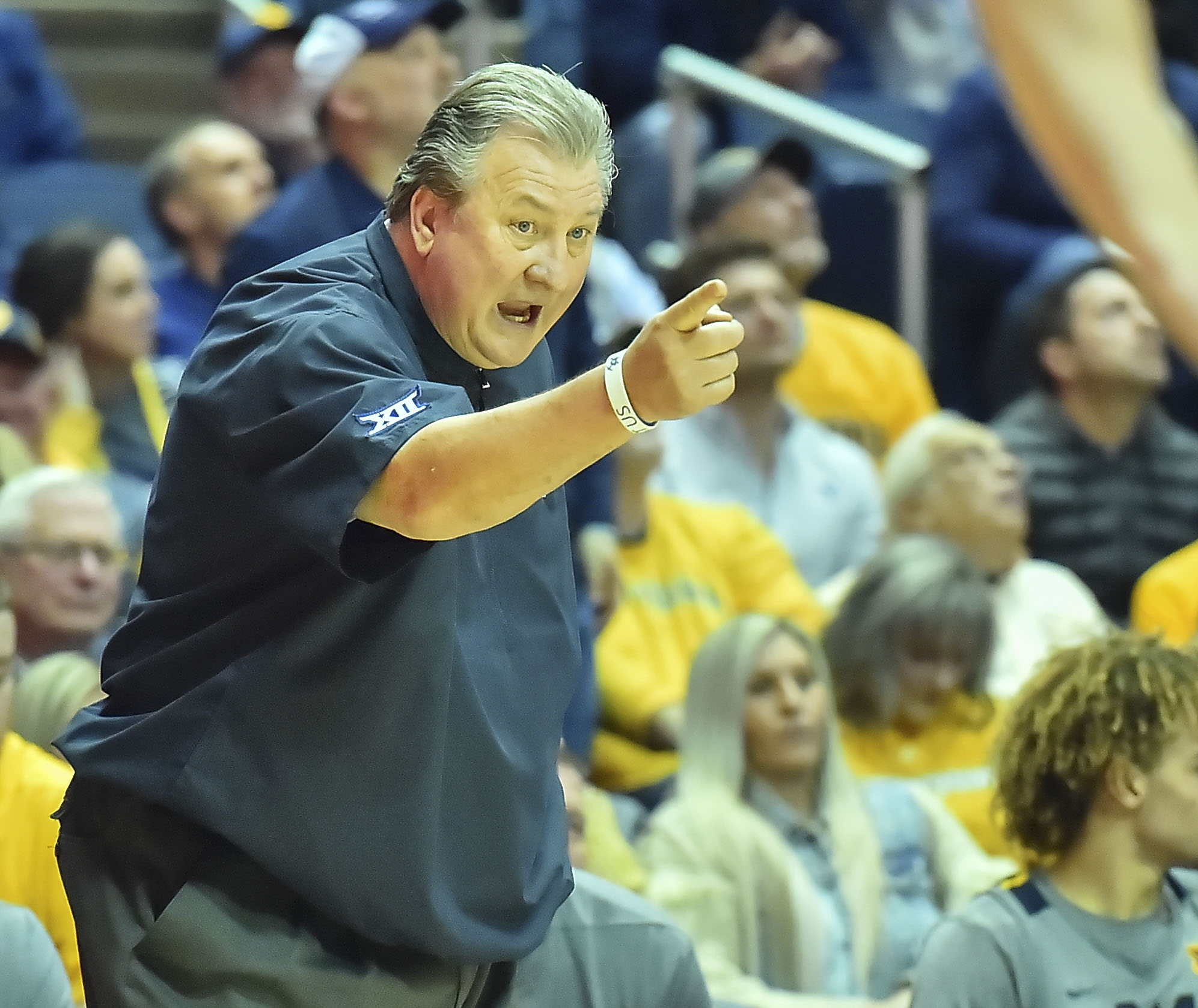MORGANTOWN, W. Va. — It seems just like with everything else involved with the NCAA these days, there is no clear-cut right or wrong that comes with the transfer portal.
There are a ton of varying degrees of perception, which is what makes it the hot-button topic it is.
It’s a joke. It’s a mess. It’s what’s wrong with college athletics.
Former WVU men’s basketball guard Teddy Allen recently committed to New Mexico State, which will be the fifth school — including a stop at a junior college for the 2019-20 season — he’s attended during his college career.
Does this example make a mockery of what college athletics are supposed to be about?
That’s certainly one side of the argument.
It’s also a second or third chance for an athlete to get it right. It’s an avenue for athletes to flex newly-found rights when the generations before them had little.
Why can coaches come and go with the breeze, while we want the athletes to be shackled to the school?
If an athlete at a smaller school develops into an elite player, should they not have the right to test their skills against the best by transferring to a bigger school?
These are the thoughts and questions being asked by the athletes on the other side of the equation, the ones who have filled up the portal like a bottomless cup of coffee.
All of it makes for great sports conversation.
These are not exactly the transfer portal issues that keep coaches such as Mike Carey and Bob Huggins up at night.
There are other issues and certainly other perceptions that come with the portal that have them wondering just what the future holds for college athletics.
“To me, one of the biggest issues I have is what exactly is good enough for the athletes to be able to keep them at your school?” said Carey, the WVU women’s hoops coach who has lost nine players to the portal since it opened in 2018. “If you have players who just can’t get on the court and want to transfer some place where they can play, that’s one thing. But, when you have players who have started games and who are playing 15 to 20 minutes a game, and they’re transferring out, that’s the problem I see. It’s a problem, because you can’t play every player on your roster 30 minutes a game, so what exactly is good enough?”
Carey’s thought is the portal has given athletes sole power to the immediate future of each program.
Gone are the days when new recruits come in and learn to wait their turn, work their way up the depth chart and earn a sense of achievement.
The door is now wide open to thoughts of instant gratification, and if athletes don’t find it at the first school, they’ll transfer to another school that better appreciates their talents.
“What the portal has done is now you’re not just recruiting new players, you have to keep recruiting the players you already have on the team,” Carey said.
Huggins, WVU’s men’s basketball coach, has his own sort of issue with the portal, which is to say how the coaches and programs are perceived after players decide to transfer.
The WVU men had three players — Oscar Tshiebwe, Jordan McCabe and Emmitt Matthews Jr. — transfer out either during the 2020-21 season or just after it ended.
All three players were starters or had been starters at some point with the Mountaineers. Tshiebwe was an all-Big 12 freshman in 2020. Matthews and McCabe both played major roles as early as their freshman seasons.
To have three major contributors pack up and go elsewhere, well, there must be some sort of problem with Huggins, right?
“That’s the perception that can follow you,” Huggins said. “Guys leave and the tendency is to think it’s because they can’t get along with the coach or there’s something wrong in the program.
“Jordan left, because he wasn’t getting the playing time he was getting before. I totally support that, but he absolutely loved it here. Jordan would be the first to tell you that our relationship has never been stronger. Emmitt left, because he wasn’t going to be our go-to guy. My relationship with him is great. Those guys know how much I care about them.”
But, perceptions can be a tough thing to shake. If a program is ran with yearly exits to the portal, how could one not think initially there may be a problem?
“Since (the NCAA) granted immediate eligibility for transfers, that’s just opened the floodgates,” Huggins said. “That’s what no one wants to talk about. It’s happening everywhere now.”
Carey envisions a day when the portal becomes somewhat stable, maybe even a well-functioning branch to college athletics.
“I think eventually a lot of kids are going to realize they may not find what they’re looking for,” he said. “I think at some point, they’ll realize that transferring may not always be the best option.”
That day is not coming in 2021. For now, the portal is a fence with to many sides, an equation with no right or wrong answers.
And it could hold the key to your team’s championship hopes or its demise.
Where it concerns the portal, that may be the only thing everyone can agree on.
TWEET @bigjax3211




